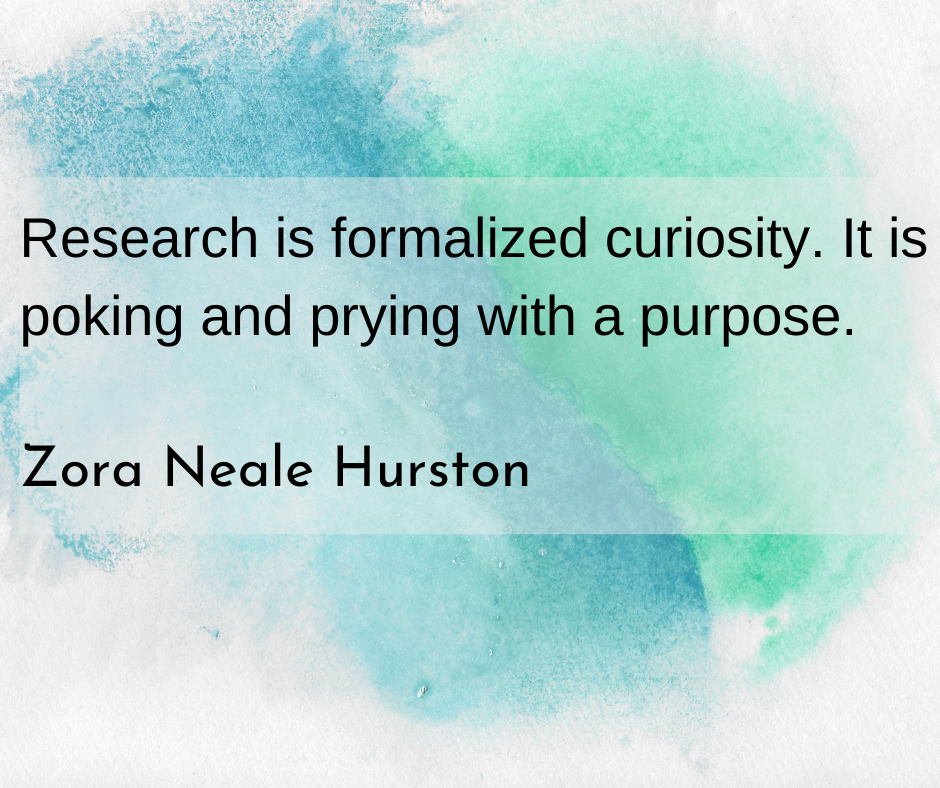When there is curiosity in the classroom, your job becomes less challenging. D. E. Berlyne describes curiosity as “a condition of aroused uncertainty that exists when there is a gap between a given and desired state of knowledge.” The obvious part of that definition is “desired.” We want students to desire to know more. This isn’t always a given and so you must employ your leadership skills to infuse curiosity in the classroom.
1. Emphasize quality questions
Whenever students enter a classroom they are on a journey seeking understanding. In order to reach mastery, students have to be willing to persistently engage. Engagement must be sustained even during times of struggle. Many students have a hard time accepting the notion with of productive struggle and the level of their engagement suffers. As a result, the quality of their questions becomes insufficient and this reflects a lack of curiosity. Teaching students to ask quality questions (and follow up questions) ensures that they are continually move forward to the eventual goal. When students realize they’re moving forward they feel motivated and their level of curiosity increases. This requires constant feedback and modeling.
2. Reflect
The time you invest focusing on your lesson plans is time well spent. I know it can be very difficult to find the time to do this as well as juggling all of your other duties. But the time is worth the investment. A baseball player who constantly studies film is able to more quickly identify areas of concern in their swing. A teacher who reflects on their lessons and the overall performance of students is able to identify the pulse of students as it relates to curiosity. It’s hard to put a number on the curiosity in the classroom, but when you reflect, opportunities and needed adjustments reveal themselves.

3. Rearrange the flow of the lesson
Teachers are not entertainers. Students should enter the classroom with a motivation to learn that they acquired early in life before they even began coming to school. However we know that there are students who need motivation. Second believe that through building relationships and innovation, teachers can motivate students to become curious learners. 2nd I’ll never forget when I watched the movie memento. 2nd movie started with the end. I was curious to know what happened that led the character to this point. As the movie went on my curiosity was encouraged as the clues in the opening scene of the movie started to make sense. The movie was out of sequence , but I had a good time watching it. During your lesson planning , think of ways you can weave this method of storytelling into your lessons. This type of non-linear presentation can peak curiosity and encourage students to engage.
What are your ideas for encouraging curiosity in the classroom? Please leave your ideas in the comments section.
MB
Enjoying the content? Please consider partnering with us to spread the message with a donation via PayPal.
Share via:

